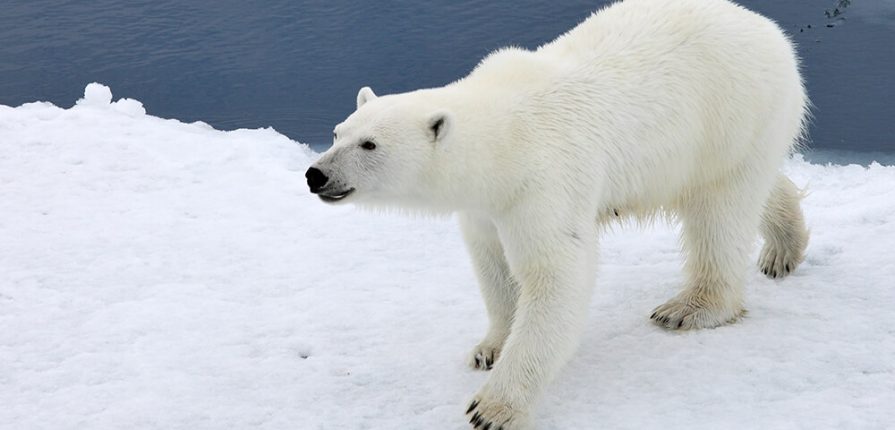Humans are unique from other species because we have found a way to control our climate to a degree. While we cannot control the exterior climate, we can use an air conditioner system to maintain a comfortable climate indoors. Air conditioning generally contributes further to global warming because of the pollution that it creates. This means that our own efforts to maintain a comfortable climate for ourselves may further be placing other species at risk.
The Impact on Cornerstone Species
Some species are known as cornerstone species. These are species that may seemingly be unimportant in the overall food chain of an ecosystem, but they actually play a critical role. For example, if plankton or other small aquatic creatures die, smaller fish lose their primary food source. Then, larger fish that feed on the smaller fish may die out. It many fish in a specific area of the ocean die, the birds and seals that feed on them may die because their food source dies. Larger carnivores, such as bears, may also die. The reality is that if one cornerstone species in an ecosystem perishes, the entire ecosystem could potentially become void of most life. This includes human life.
How Local Ecosystems Protect Their Inhabitants
As catastrophic as climate change could potentially be for all living things, keep in mind that there are some natural protective measures in place. For example, some ecosystems have natural land formations and other features that may provide a sort of natural air conditioning for various species. For example, mountains may shield the area from temperature changes in surrounding areas. However, this type of natural air conditioning is not present in all ecosystems. Furthermore, it will not provide benefits in the event of significant climate change.
When climate change impacts an ecosystem, you may see some species die. Other species may be able to migrate to a more ideal location. For example, some fish could swim to deeper waters to stay cool or to find food.




